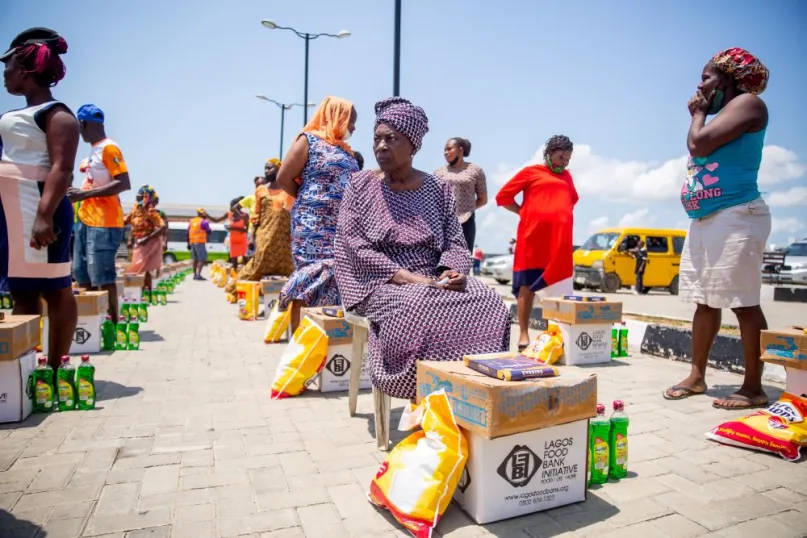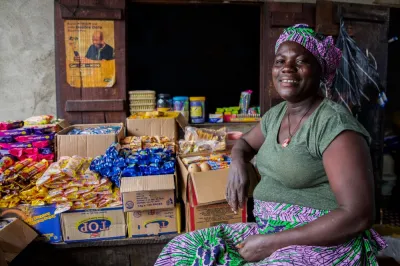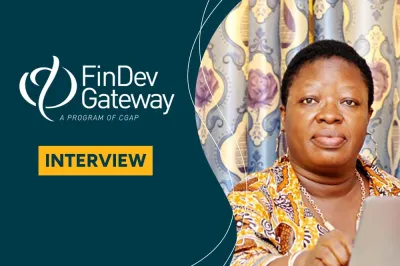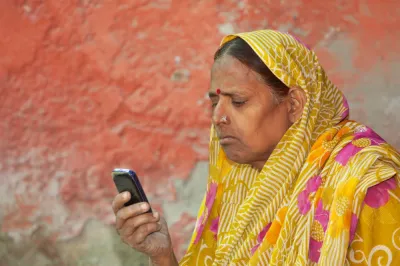Humanitarian Aid Meets Fintech

And it can be expensive, with high cross-border fees. Once the money is in the country, you need to make sure it goes to the right people - figuring out who is eligible and in need of aid - and stays out of the hands of the wrong people, complying with global AML/CFT (anti-money laundering / countering the financing of terrorism) regulations. Lack of sufficient identification often complicates this task. On a global funding level, donor expectations can shift over time and demand different types of reporting that increase costs for humanitarian agencies.
As international NGOs work to address these challenges and improve coordination between agencies, fintech is playing an important role. Collaboration with fintechs in humanitarian contexts can help aid agencies to streamline assistance delivery and manage many of the risks that come with the territory. Let’s look at four ways it is already doing so:
1. Getting humanitarian aid into the right hands (and out of the wrong ones)
When distributing aid, humanitarian agencies need to be able to identify recipients and keep track of transactions to avoid duplication. Financial service providers (FSPs) that partner with humanitarian agencies are required to comply with AML/CFT regulations to ensure that cash-based assistance is not diverted into illicit activities or received by sanctioned individuals. However, many refugees and other recipients of humanitarian aid lack the official identification needed to make these determinations.
Partnerships with fintech companies can help overcome this challenge, through innovative solutions such as electronic KYC (know your customer) procedures and biometric identification systems. For example, EyePay Network in Ethiopia allows humanitarian aid recipients to receive cash from ATMs and mobile agents using iris recognition, ensuring that cash assistance goes to the intended beneficiary. The L20 initiative, a collaboration between Save the Children, Barclay’s and Standard Chartered, facilitates the delivery of in-kind assistance. Households receive a nutritionally balanced food basket from registered vendors, who use biometric verification to confirm beneficiary identities and then process reimbursements with the NGO.
2. Facilitating cross-border transfers to financially isolated regions
Because of increasing AML/CFT risks in many places with humanitarian emergencies, more and more financial institutions are opting out entirely – choosing to leave markets or severely restrict who can use their services rather than deal with the headache of compliance. This global phenomenon of financial sector derisking results in much more limited options for international NGOs to get assistance into the hands of those who need it, as payments are delayed, transactions refused and accounts closed. Where they can get funds through, there are often high cross-border fees, which make aid more costly.
Partnering with fintechs has the potential to overcome these difficulties, as in the case of the collaboration between Red Cross in Denmark and Inpay, a Danish fintech company specializing in efficient and secure solutions for international money transfers. Inpay’s extensive network of local banks worldwide, including in financially isolated regions where traditional bank transfers are not available, helps reduce operational and transaction costs. The local banks act as correspondent banks and enable cash advances in local currency to other local banks, thus avoiding high fees on currency exchange, and then perform clearing with international correspondent banks.
3. Coordinating efforts between organizations
In most humanitarian contexts, multiple organizations operate to provide different services for those in need. With each agency bringing their own processes and systems to the situation, coordination between programs has long been a challenge, resulting in duplication of assistance or exclusion of individuals who need aid.
The World Food Programme's Building Blocks initiative employs blockchain technology to consolidate personal data from various humanitarian databases into a single, secure ledger. This type of identity management system can help lay the foundation for broader access to public and private services, including access to credit, education and employment opportunities.
4. Increasing transparency for donors
When donors adjust their reporting requirements, it can be costly for humanitarian agencies, as they need to adjust the corresponding monitoring, evaluation and auditing systems they implement to provide the appropriate level of transparency. Leveraging fintech can help agencies bring about greater accountability and transparency at lower cost.
A good example of this is the UNICEF CryptoFund, a pooled fund of cryptocurrency that uses blockchain technology to provide transparent accounting for donors and investors. Donors are able to track where funds are going and how they are being spent, enhancing compliance with donor reporting requirements related to the use of funds.
A new era of efficient and secure humanitarian aid delivery
There is enormous potential for the collaboration between fintechs and humanitarian agencies to transform the delivery of humanitarian aid. Of course, before jumping on the fintech bandwagon, international NGOs must first evaluate the viability and practicality of any fintech innovation, conducting thorough needs and capacity assessments in each context. But Together, fintechs and humanitarian agencies can create a more connected and accountable system for global relief efforts.


